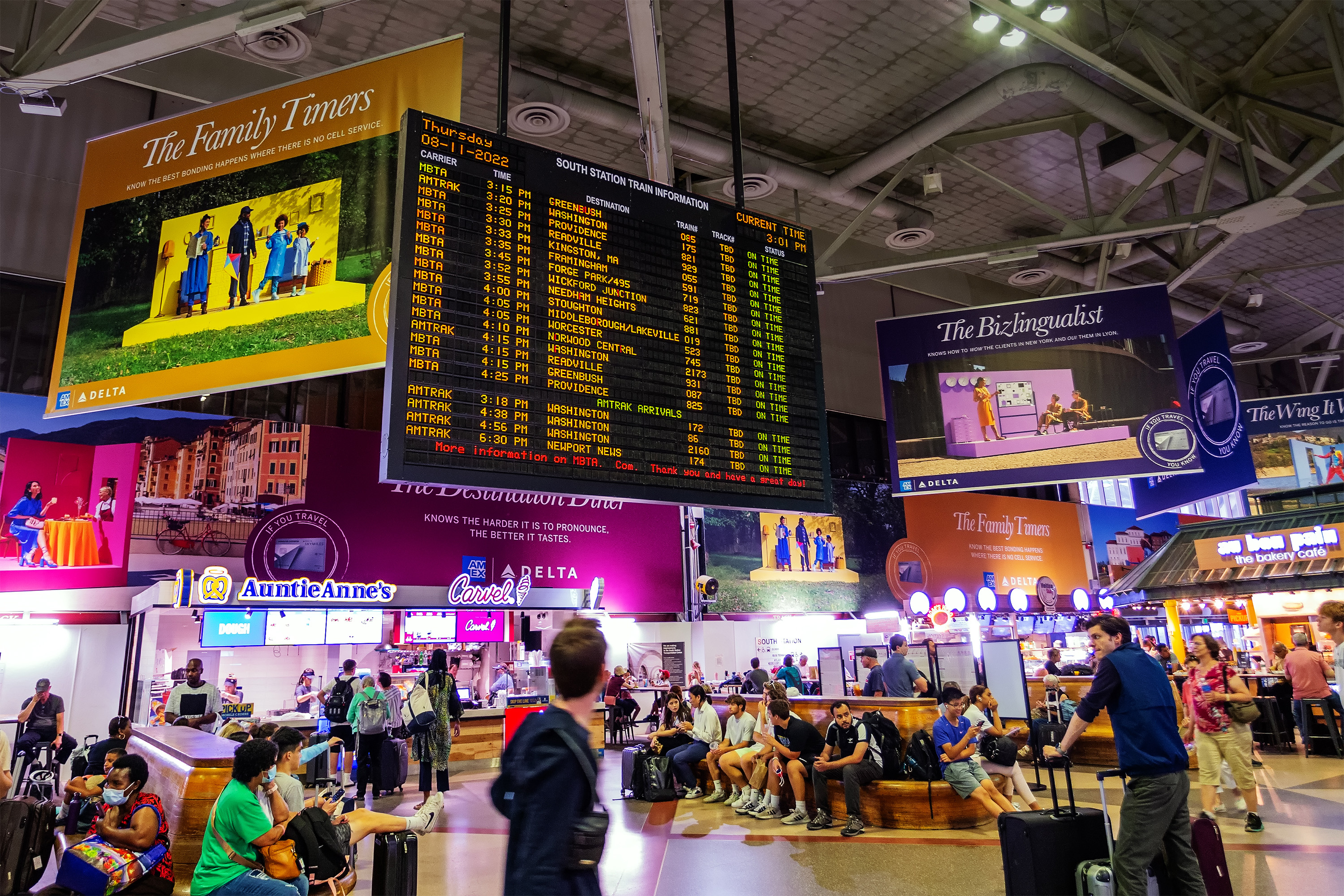Google's Pixel 9a Google’s Pixel 9a is picking up critical acclaim , with many noting that offering the phone at $499 marks the 9a as one of the leading mid-range smartphones. While the Pixel 9a will be seen as a win for consumers, it will also be seen as Google’s next play in defining what it means to be a smartphone. In this role, the Pixel 9a builds on the Pixel 9 and Pixel 9 Pro smartphones.
So, what does the 9a tell us about Google’s choices for the Pixel 9a and how they fit in the wider smartphone world? I've spent time with the Pixel 9a to find out how well its performance, photography, and AI impact today’s consumer. Google's Pixel 9a Since revamping the Pixel line with 2021’s Pixel 6 , Google has stepped away from offering a phone built around the most powerful chip of the day—generally seen as that year’s Snapdragon 8 series from Qualcomm. Instead, it moved to its own design of chips, namely the mobile Tensor .

The Pixel 9a sports the Tensor G4. This is the same chipset that drives the other current Pixel handsets (namely the Pixel 9, 9 Pro, 9 Pro XL, and 9 Pro Fold). The performance differential between the 9a and comparable phones at the $499 price point is less than that between the Pixel 9 Pro and other manufacturers’ flagship handsets; online benchmarking shows the 9a closely matches Samsung’s Galaxy A56.
Google's Pixel 9a Artificial Intelligence is the new yardstick for smartphones, which puts the Pixel 9a in a bind. While it does offer AI (and I do not doubt that the 9a/AI combination will be heavily marketed), memory is the limiting factor in the specifications. The Pixel 9a is the first of the Pixel 9 family to come with just 8 GB of memory; even with the hardware boost provided by the Tensor G4, the Pixel 9a’s ability to use the growing suite of AI tools has to be restricted.
While you might not grieve for the loss of Pixel Screenshots, Call Notes or AI Weather summaries, the 9a shows the technological limits of the current flavours of AI. If you want a full suite of AI, you will need to step beyond this phone. When I think of the AI features I want to see on a smartphone, it’s clear that the Pixel 9a offers the experience you would expect.
You have Google’s widely advertised Magic Eraser to remove unwanted objects, pets, and people from a photograph; you have Best Take, which lets you pick the best facial expression for multiple pictures from the same moment; and you have Add Me, which composites two pictures so the person taking the photo can add themselves in. The Pixel 9a also has Google’s Gemini Nano model, which runs the “personal assistant” features, Circle to Search to query what’s on your screen, and Magic Studio to help create images and text from natural language prompts. The core AI toolset, supported by services in the cloud, works as advertised.
While the extra bells and whistles may not be available, Google is demonstrating the AI prowess a $499 phone can deliver. Google's Pixel 9a It will come as no surprise to anyone that lowering the camera specs is one of the measures taken to get the cost of the Pixel 9a to stay at the $499 entry-level point. Google has retained a dual-lens format for the rear camera.
The main lens is down from last year’s Pixel 8a 64 megapixel sensor to 48 megapixel (which matches the main lens of the Pixel 9 Pro Fold ). Ålongside that, you have the saw 13-megapixel ultrawide as the 8a. This is certainly a downgrade on the actual numbers, although, in practice, there’s not a tremendous amount of difference between the 8a and 9a.
That comes down to Google’s investment in AI-assisted image processing, which carries over from the 8a and the Pixel 9 family. The macro mode is one addition to the Pixel 9a camera suite this year. This unusually uses the main camera lens and an assist from AI to capture focused images from 5 cm.
As Google Product Manager Isaac Reynolds explained, consumers were already using portrait mode to take close-up pictures of food and objects, so why not ensure they had the best option possible in the Pixel 9a? Google's Pixel 9a The new generation of the Pixel family (once again, from the Pixel 6) has carried a strong sense of brand identity. Like many manufacturers, the design and branding focuses on two areas. The first is the operating system and the UI.
With the Pixel representing Google’s view of Android, there’s not much identity on offer here. The second area is the rear of the phone. Instead of an isolated raised island, the Pixel 6 and 6 Pro saw a horizontal bar that stretched across the length of the smartphone.
With that choice, the Pixel range became clearly identifiable by consumers, and the phone had an identity. The camera bar is no longer on the Pixel 9a. Instead, we have the complete opposite with an almost featureless flat back.
There is a tiny raised lip around the camera lenses (functionally great to help prevent scratches on the lens) and an inlaid “G”; otherwise, there is no style or substance. The Pixel 9a is far from iconic and is the most non-descript smartphone from a mainline manufacturer in years. The Pixel 9a is essentially a flat block.
The corners are curved, and there’s a slight chamfer to the edges so they are comfortable in the hand. The screen comes with bezels, yet the 4mm bezels around the display is are the stand-out feature, but not in a good way. Switching to a dark theme helps hide this, but there’s no getting away from the larger size compared to others in the mid-range.
Who wins out from all this? Google’s manufacturing partners. Phones from the likes of Samsung, OnePlus, Honor, Xiaomi, and more have identifiable features that people look for. The Pixel 9a simply doesn’t stand out in the mid-range.
If you are looking for “a brand”, you will end up elsewhere. Google's Pixel 9a I’d expect to see the Pixel 9a feature heavily in discussions around "the best mid-priced phone”. It’s a phone that manages to hit “above average” in every department.
That message will come through to customers. The Pixel 9a’s ability to highlight the potential of artificial intelligence on lower specification devices, the ability to deliver a new camera experience through software, and the bland design that leaves room for innovation and styling will all be noted by Google’s manufacturing partners. The Pixel 9a is a critical success, but the real success may be in the signpost it offers the whole Android community.
Now read about a UI innovation that Google could add to a Pixel 9a successor...
.
Technology

Why Is Google’s Pixel 9a The New Template For A Successful Smartphone?

While the Pixel 9a will be seen as a win for consumers, it can also be seen as Google defining what it means to be a mid-range smartphone.















